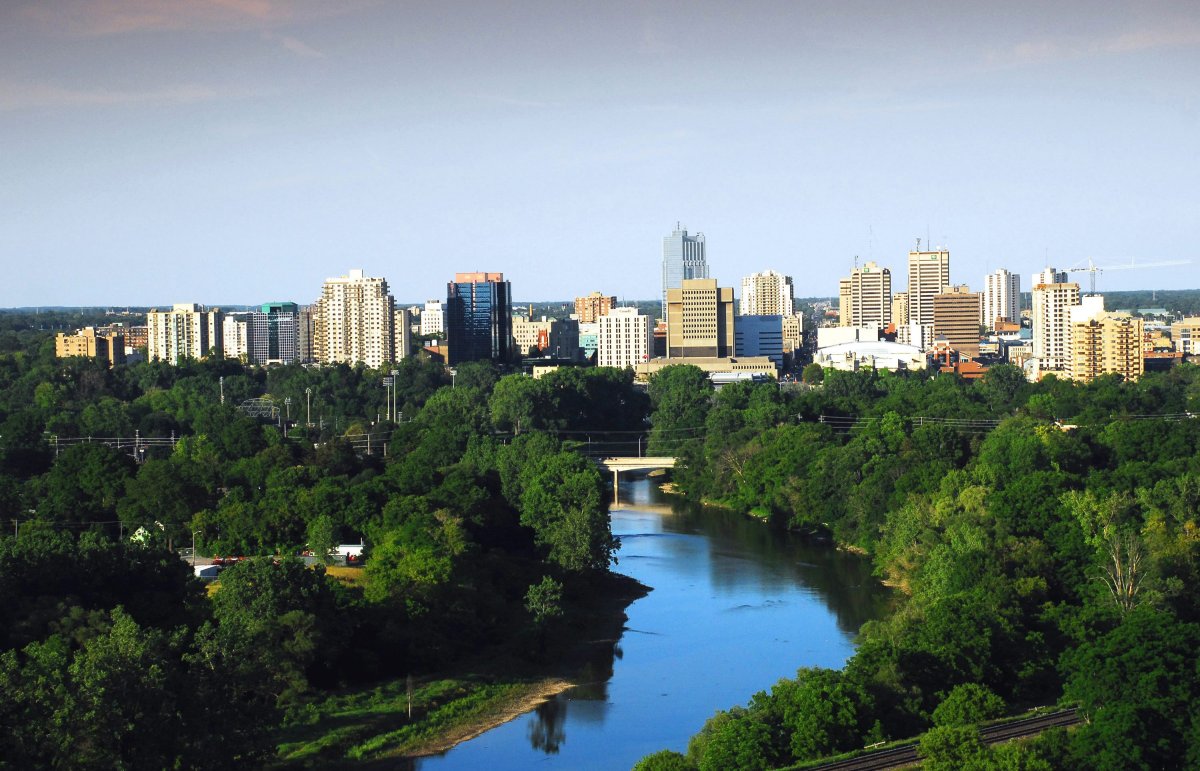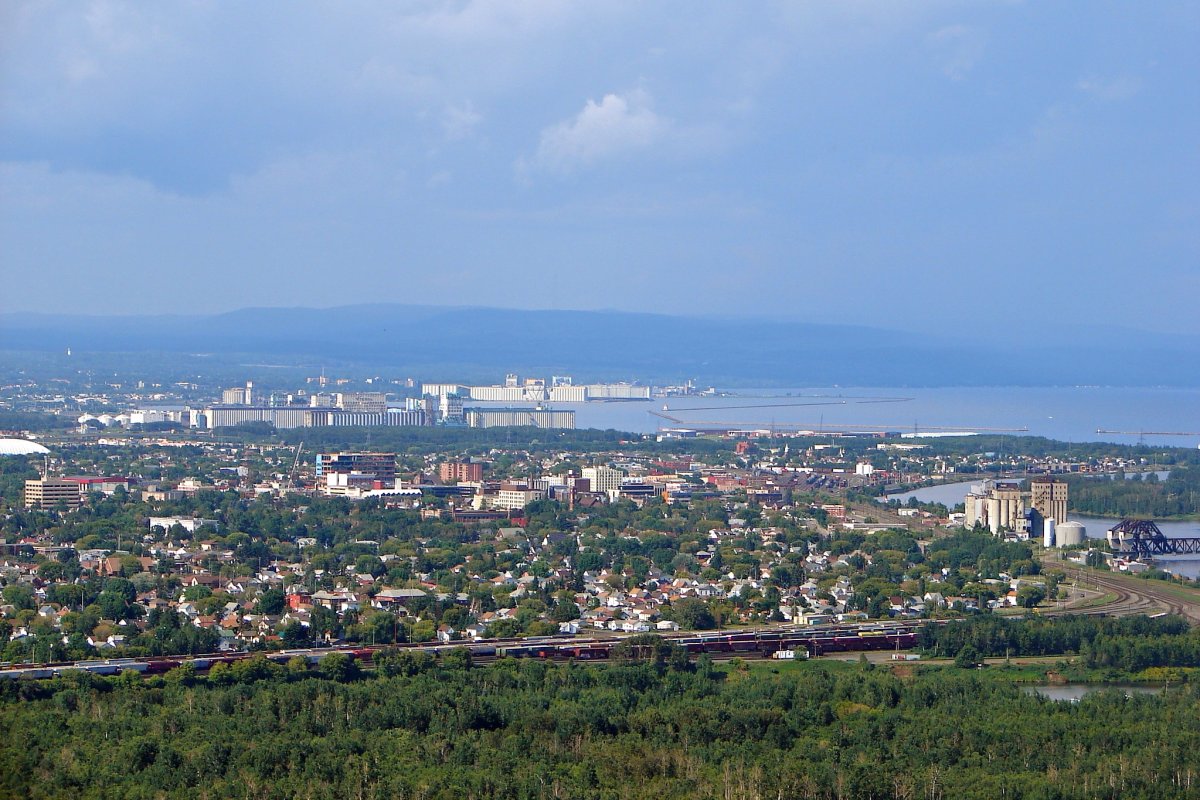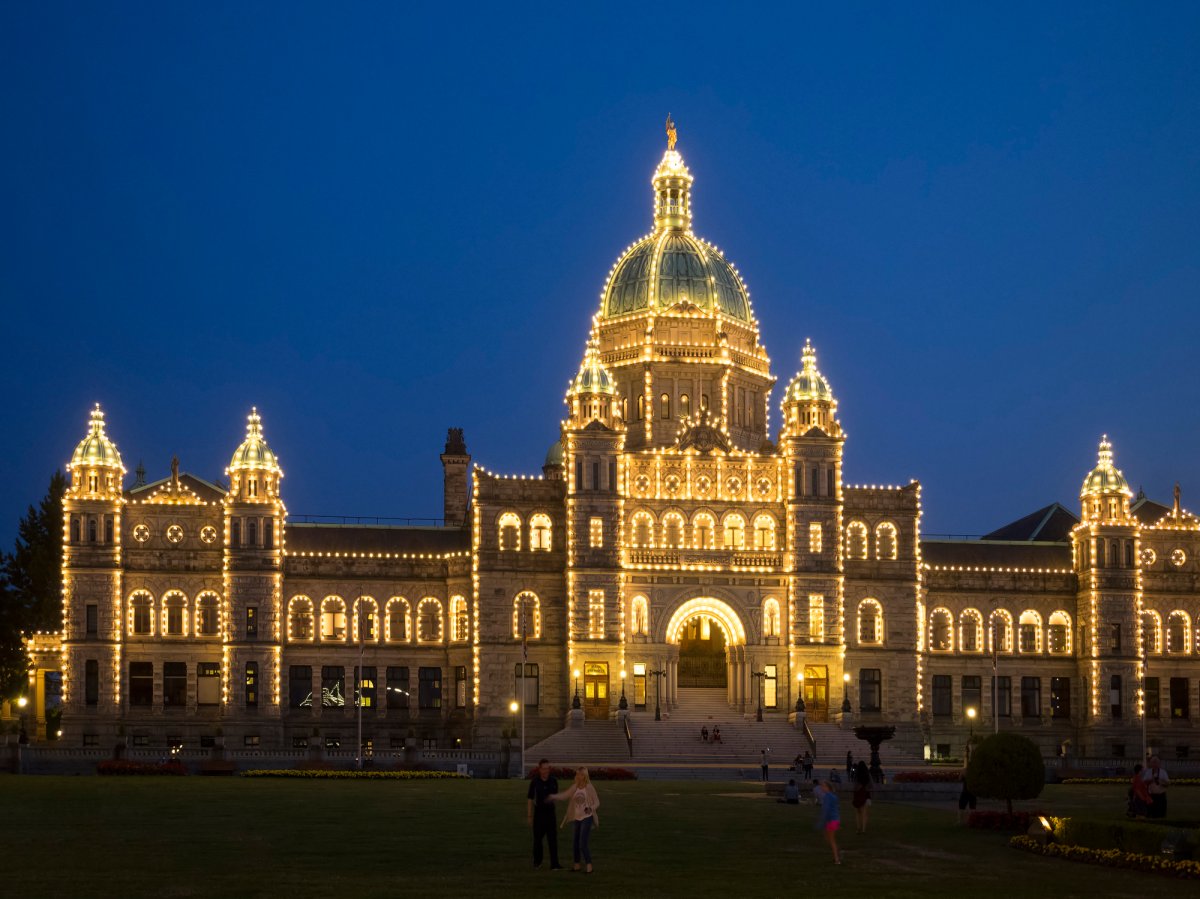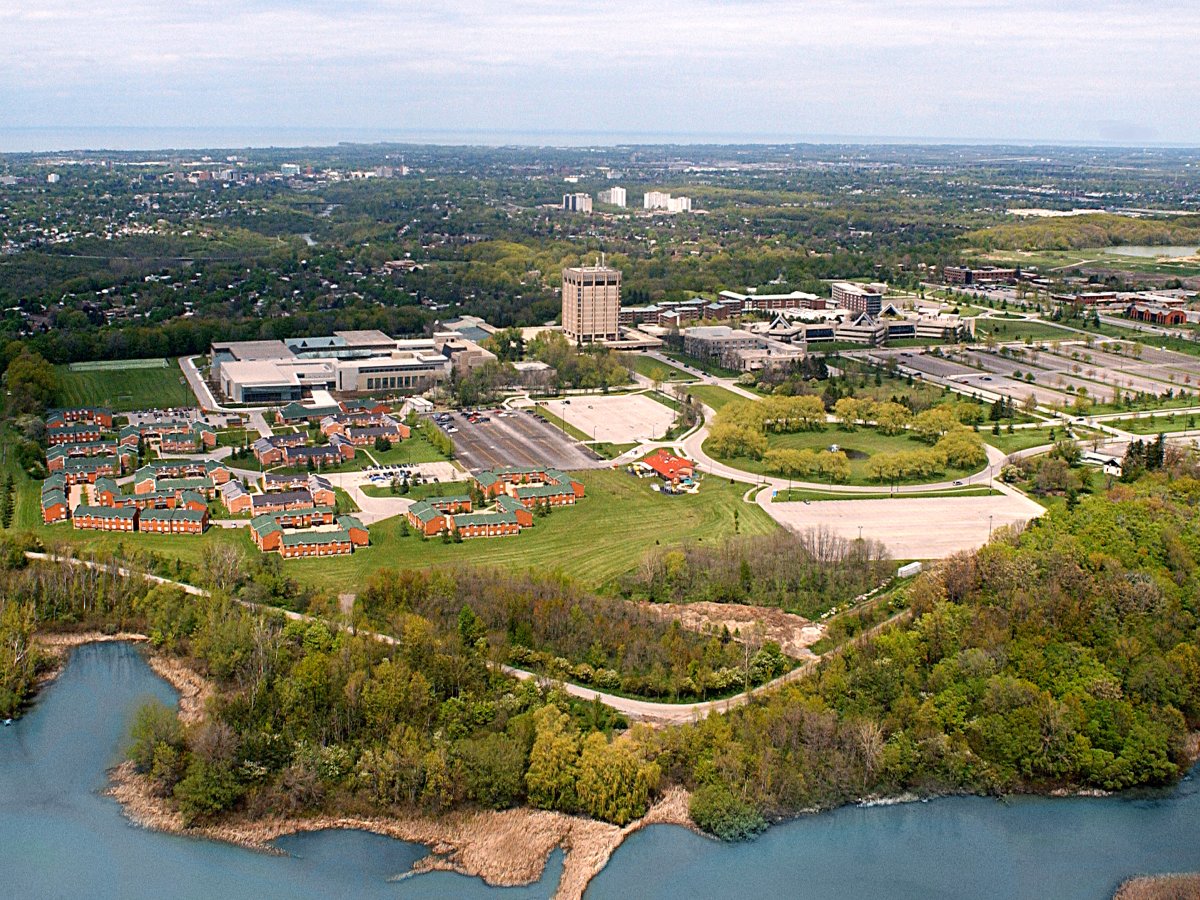Some Canadian cities stand out for having higher full-time employment rates.

Others, for the opposite reason.
READ MORE: Canada’s best cities for full-time jobs
Global News calculated full-time employment rates in 33 Canadian cities by dividing the number of residents with full-time employment, by the total population in each one.
The data was contained in this table from Statistics Canada, and it was released with the most recent numbers from the Labour Force Estimate in December 2016.
Using this methodology, the city of Saguenay, Que. had Canada’s lowest full-time employment rate last month, with 41.9 per cent.
It was followed by Peterborough, Ont., with 42 per cent, and Trois-Rivières, Que., with 42.2 per cent.
An aging population is likely one reason why some of the cities on this list are seeing comparatively low full-time employment rates, Colin Busby, associate director of research for the C.D. Howe Institute, told Global News.
“Cities with older populations on average … will naturally have lower employment rates because those aged 65 and up are simply much less likely to search for work or participate in the labour force,” he said.
“Much of this has to do with labour supply, not demand or economic growth.”
An aging population was clear in Saguenay. The city had 26,500 people aged 55 to 64 years old in December, compared to 18,200 aged 15 to 24 years old.
It was also clear in Victoria, B.C.’s capital, where there were 48,900 people aged 55 to 64, and 41,100 aged 15 to 24.
READ MORE: Canada created lots of jobs last year. Almost all were part-time: TD
And, as Canada has an aging population, the country is only likely to see “ongoing decreases in employment rates” as a natural consequence, Busby added.
The statistics also come at a time when full-time employment appears to be fading.
Almost all the jobs created in 2016 were part-time, said a TD Economics report released earlier this month.
The same report noted that the share of full-time employment in Canada has been declining since the 1980s, and that this trend increased with the 2009 recession.
Aging may explain the low full-time employment rates in a number of cities. But such rates warrant careful attention at a time when full-time work is falling as a percentage of total employment.
Here are Canada’s worst cities for full-time jobs:
1) Saguenay, Que. — 41.9 per cent
2) Peterborough, Ont. — 42 per cent
3) Trois-Rivières, Que. — 42.2 per cent
4) London, Ont. — 42.9 per cent
5) Kelowna, B.C. — 43.2 per cent



















Comments